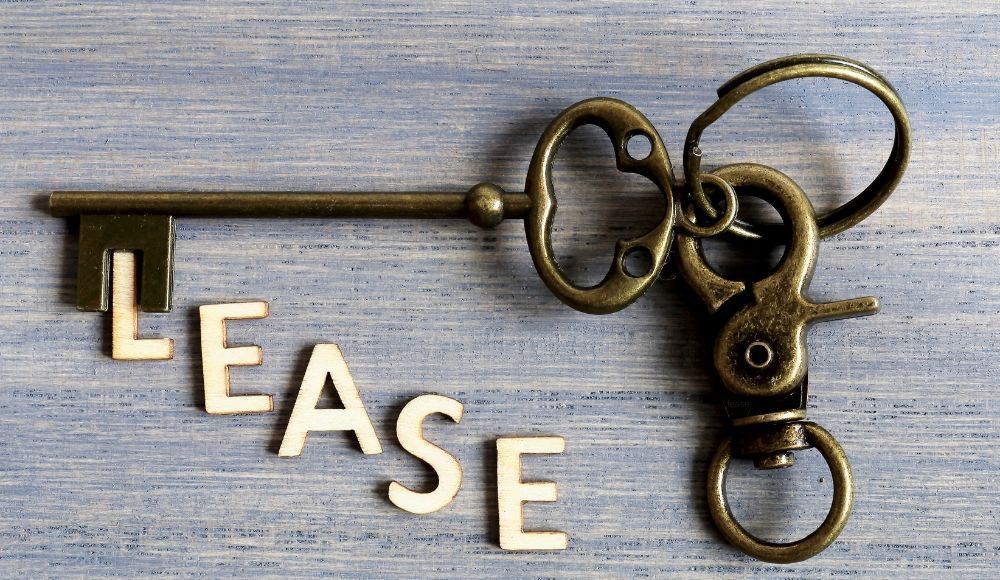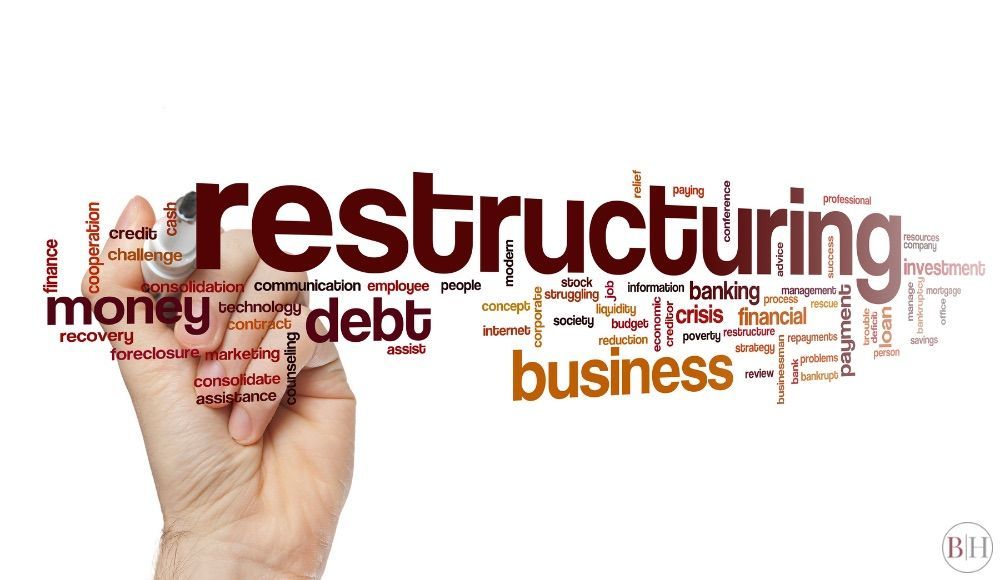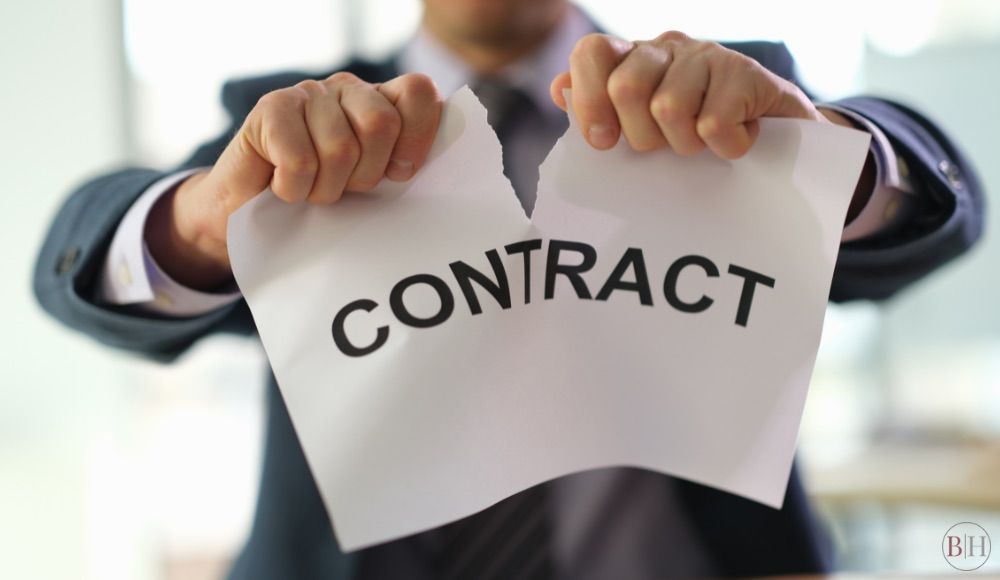Drafting Residential and Commercial Leases

Whether leasing residential or commercial properties, it is essential to understand the nuanced art of drafting leases. A well-crafted lease is a legally binding agreement that outlines landlords' and tenants' rights and responsibilities, ensuring clarity and safeguarding interests.
It sets the stage for a harmonious landlord-tenant relationship by detailing terms such as lease duration, payment obligations, maintenance duties, and provisions for dispute resolution.
This article provides the foundational knowledge to create comprehensive and precise lease agreements that address specific property needs and legal necessities.
Key Terms and Conditions
When drafting a lease, it is essential to include several key terms and conditions. Although there are similarities, commercial leases tend to have more complex provisions due to the nature of business operations.
- Lease duration and renewal specify the start and end dates of the lease, typically ranging from 6 months to 1 year for residential properties and 3 to 10 years for commercial properties.
- Rent and payment terms outline the rent amount, due date, accepted payment methods, and any late payment penalties.
- Security deposit details the amount of the security deposit, its intended use, and conditions for its return.
- Use of premises specifies the allowed use of the property, typically for residential purposes only. A commercial lease dictates the kind of business activities permitted on the property and any restrictions.
- Maintenance and repairs define the responsibilities of the landlord and tenant regarding property upkeep and repairs.
- Insurance requirements state the types of commercial insurance required, such as property, liability, and business interruption insurance.
- Utilities and services clarify who is responsible for paying utilities and services.
- Improvements and alterations specify the terms for making improvements or alterations to a commercial property, including who is responsible for the costs.
- Subletting and assignment include terms related to subletting or transferring the lease to another party.
By including these key terms and conditions, residential and commercial leases can provide a clear framework for the landlord-tenant relationship, helping to prevent misunderstandings and potential disputes.
Negotiation Tactics
Effective negotiation involves understanding both parties' goals and limitations. Prepare by researching comparable properties to understand market values. Approach negotiations with flexibility, aiming for a win-win agreement. Both parties should feel their needs and concerns are addressed, such as offering incentives like rent-free periods or agreeing on a cap for maintenance costs to sweeten the deal for the tenant.
Legal Compliance in Lease Drafting
Legal compliance in lease drafting involves adhering to relevant real estate laws and regulations, which vary by jurisdiction. Key areas include fair housing laws to prevent discrimination, zoning laws for permitted property use, and rules concerning security deposits and tenant rights. Ensuring compliance requires staying updated with local and state legislation. It often involves consulting legal professionals to review lease terms, minimizing the risk of legal disputes and protecting landlord and tenant interests.
Put Our Experience on Your Side
At Bingaman Hess, our legal team will help you write, negotiate, and comply while drafting a residential or commercial lease. We will thoroughly analyze all documents, providing insightful guidance while presenting all possible options to help you achieve a favorable lease.
Put the power of our experienced real estate attorneys on your side by calling 610.374.8377 or contacting us online.









